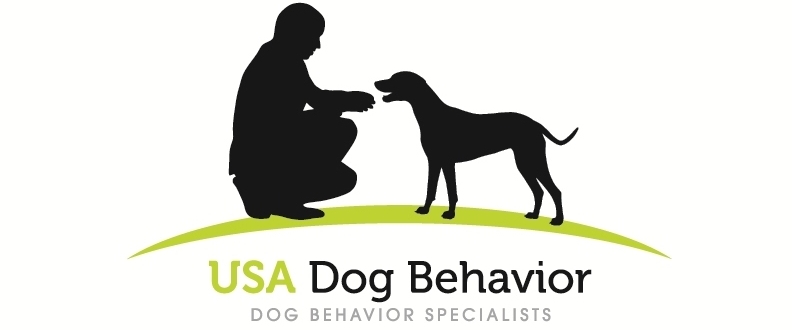Volunteer Now - Dog Rescue’s Biggest Single Need
Average Reading Time: 2 minutes, 44 seconds
©Scott Sheaffer, CBCC-KA, CDBC, CPDT-KA, USA Dog Behavior, LLC
Dog rescue’s job is to take millions of unwanted dogs each year from across the country and find them loving forever homes. These dogs primarily come from dog owners who voluntarily surrender their dogs, strays picked up on the streets and municipal animal control shelters.
The “forever homes” part is especially important. Rescue organizations want to place dogs into adoptive homes that will keep them forever so the dogs won’t have to go through the trauma of being rehomed again.
The Challenges of Rescuing Dogs
Anyone who has ever worked in dog rescue knows there are a lot of moving parts and it’s not as simple as it looks. First, dogs have to be found by volunteers whose job is to locate dogs in need. Next there has to be a group of volunteers who transport these dogs to rescue shelters or foster homes.
After being placed in a rescue shelter or foster home there is an extensive intake process. This process includes physical and behavioral assessments. If necessary, dogs are treated medically and/or designated as needing special behavioral treatment.
After all of this is done, another group of volunteers is charged with ensuring these dogs can be discovered by potential adopters. This includes showing the dogs at shelters, retail stores, online and at dog fosters’ homes.
While these dogs wait to be adopted, they must be carefully cared for. Still more volunteers ensure the dogs are properly groomed, exercised, fed and kept clean and comfortable.
The Most Important Volunteers in Dog Rescue
In my opinion, the most important volunteers in the dog rescue process are the people who temporarily take one or more of these dogs into their homes while the dog waits for their new loving forever home. These heroes are known as dog fosters, not unlike people who foster human children.
These foster homes are important in the world of dog rescue since most dog rescue organizations don’t have brick-and-mortar facilities, relying on foster homes instead. Brick-and-mortar rescue shelters are expensive to buy and maintain; most dog rescue organizations operate on skinny budgets. Some rescue organizations with brick-and-mortar facilities also use fosters in order to extend their capabilities beyond their facilities.
Why do I call dog fosters “heroes”? Because these are people who are willing to take an unknown dog into their home. They are volunteering to have a guest dog in their home 24/7 until adopted.
What else makes them heroes? It’s the biggest need in dog rescue. Rescue organizations are frequently limited by the number of dogs they can rescue by the number of foster homes available.
The Benefits of Fostering Rescued Dogs
I am constantly enthralled by the stories of people who foster dogs. They tell me how, in so many cases, they fall in love with these dogs almost right away. They tell me this is easy because the dogs appear so grateful to have some peace, care and love for possibly the first time in their lives.
When someone adopts a dog from a foster, they tell me of the bittersweet feelings they have when their charge is adopted. When the dog is adopted into a loving forever home it makes them happy, but they have also gotten attached too.
The Problem of Foster Failures (not a problem really – read on)
What’s a “foster failure”? A foster failure is a foster who absolutely falls in love with their foster dog and makes the decision to permanently adopt the dog themselves. A real failure on the part of the foster? I think not!
This “failure” is one of the great possibilities when fostering dogs.
Okay Scott, What Am I to Do?
There are many great dog rescue organizations run by dedicated volunteers. Find one and explore the idea of opening your home to one of their dogs while they wait to be adopted.
Is fostering easy? No. Is it rewarding? Very.

